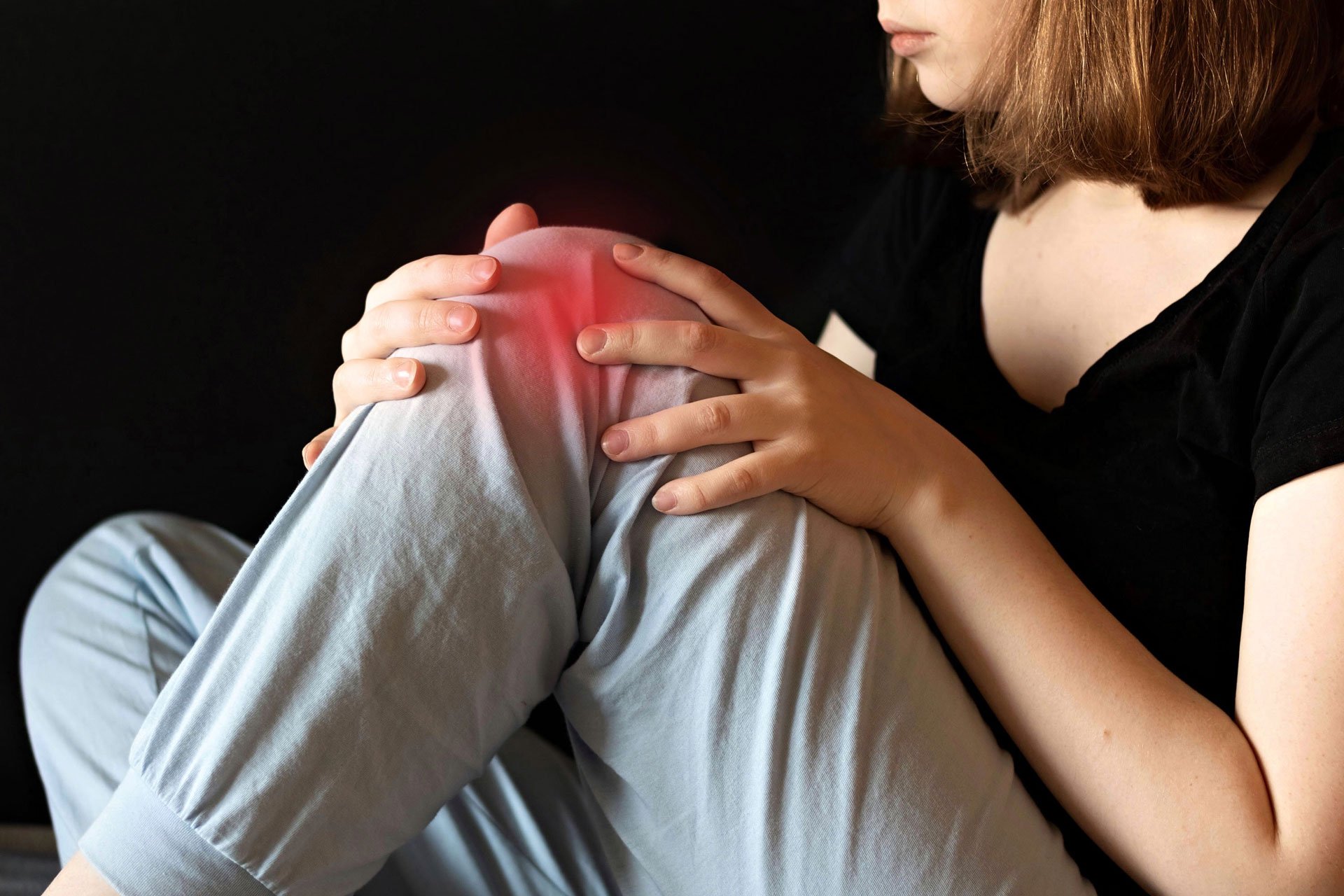Arthritis can cause persistent joint pain and stiffness, significantly impacting daily life. While there is no universal solution for pain management in arthritis, a range of strategies can help individuals find relief and maintain mobility. Here you can explore various pain management options, from medications to physical therapy techniques, to help you understand how to effectively alleviate discomfort.
Explore Medication Options
Medications are often a starting point when trying to manage pain associated with arthritis. Over-the-counter (OTC) pain relievers, such as acetaminophen or nonsteroidal anti-inflammatory drugs (NSAIDs), like ibuprofen, can help reduce discomfort and inflammation. These options are commonly used for mild to moderate arthritis symptoms. Long-term use should always be monitored by a healthcare provider.
For more severe arthritis, doctors may prescribe stronger medications such as corticosteroids or disease-modifying antirheumatic drugs (DMARDs), which can slow the progression of conditions like rheumatoid arthritis. Topical pain relievers, applied directly to the skin over affected joints, are also available and may provide targeted relief. Always consult a medical professional before beginning any medication regimen to make sure it’s safe and appropriate for your pain management needs.
Use Physical Therapy Techniques
Physical therapy can play a key role in improving joint function and reducing pain. The following approaches are commonly used:
- Range-of-Motion Exercises: These exercises help maintain joint flexibility and reduce stiffness. They are typically simple movements, such as arm circles or gentle stretches.
- Strengthening Exercises: Building muscle can relieve pressure on joints and improve overall joint stability. A physical therapist may develop a personalized strength training routine.
- Assistive Devices: Items like braces, splints, or specialized shoes are often recommended to reduce stress on joints and improve alignment.
A licensed physical therapist can guide you through these techniques safely and effectively.
Incorporate Daily Movement
Regular physical activity is beneficial for managing arthritis pain. Staying active helps maintain joint flexibility and prevents stiffness from worsening. Low-impact exercises, such as swimming, walking, or cycling, are ideal because they put minimal stress on the joints.
Gentle stretching routines or yoga can promote flexibility and improve circulation to affected areas. Maintaining a consistent routine that includes at least 20–30 minutes of movement daily can support better joint health over time. Remember to start slow and listen to your body to avoid overexertion.
Apply Heat or Cold
Using heat and cold is a simple yet effective way to alleviate arthritis pain. Here are some options to try:
- Heat Therapy:
- Heating pads or warm compresses can relax stiff joints and improve circulation.
- Warm baths or showers provide full-body relaxation and comfort.
- Cold Therapy:
- Ice packs or cooling gels can reduce inflammation and numb pain in swollen joints.
- Cryotherapy wraps are specifically designed for targeted cold therapy applications.
When using heat or cold, limit sessions up to 20 minutes to prevent skin damage. Alternating between these therapies may also provide well-rounded relief.
Consult a Doctor for Pain Management Options
While self-management can help reduce arthritis pain, working closely with a doctor allows for a comprehensive approach to pain management. A healthcare provider can recommend pain management treatments tailored to your unique needs, adjust medications as necessary, and monitor the progression of your condition. They may also suggest complementary therapies, such as acupuncture or weight management strategies, to further support your pain management plan. Taking a proactive approach and maintaining open communication with your healthcare team can maximize your quality of life while managing arthritis.


Leave a Reply